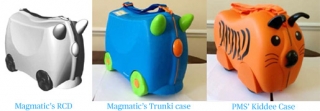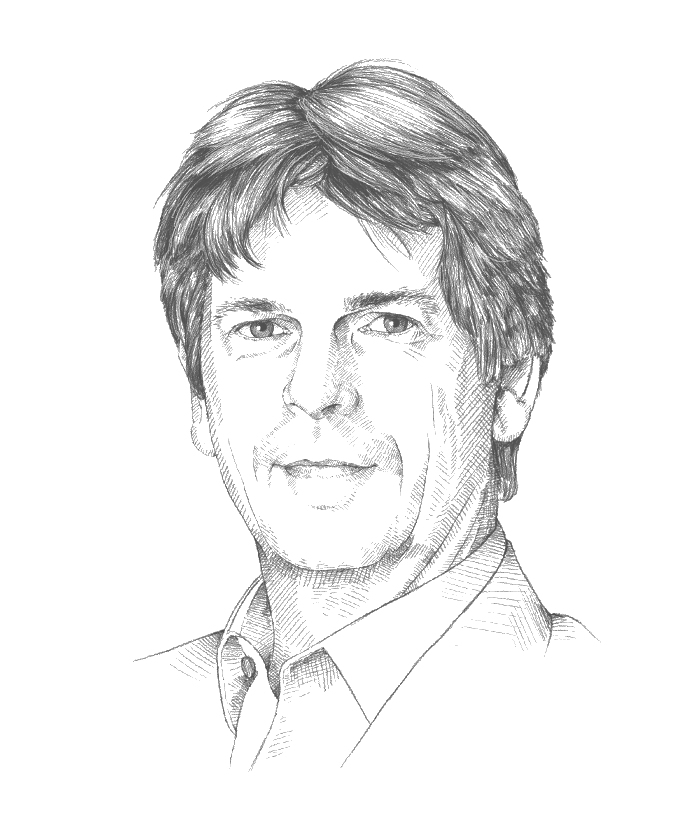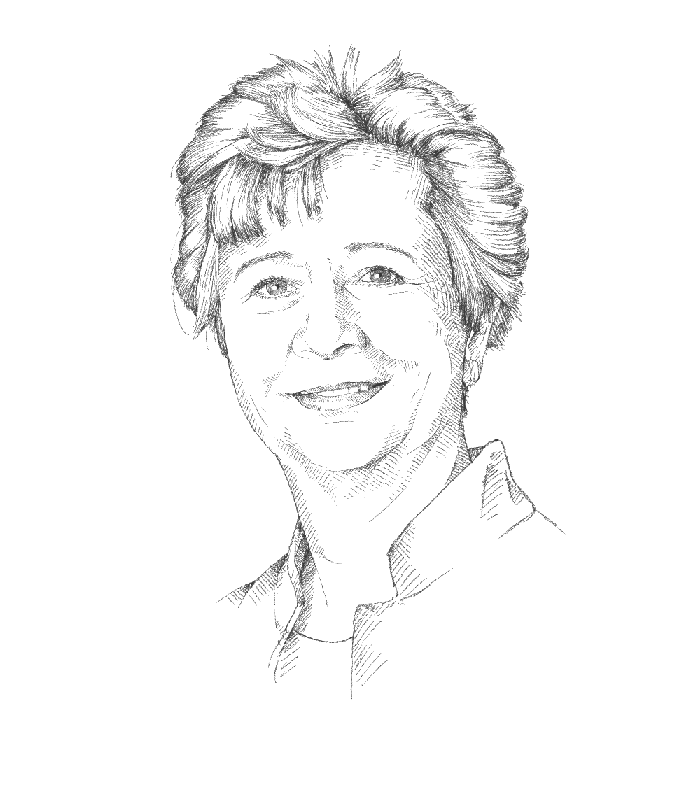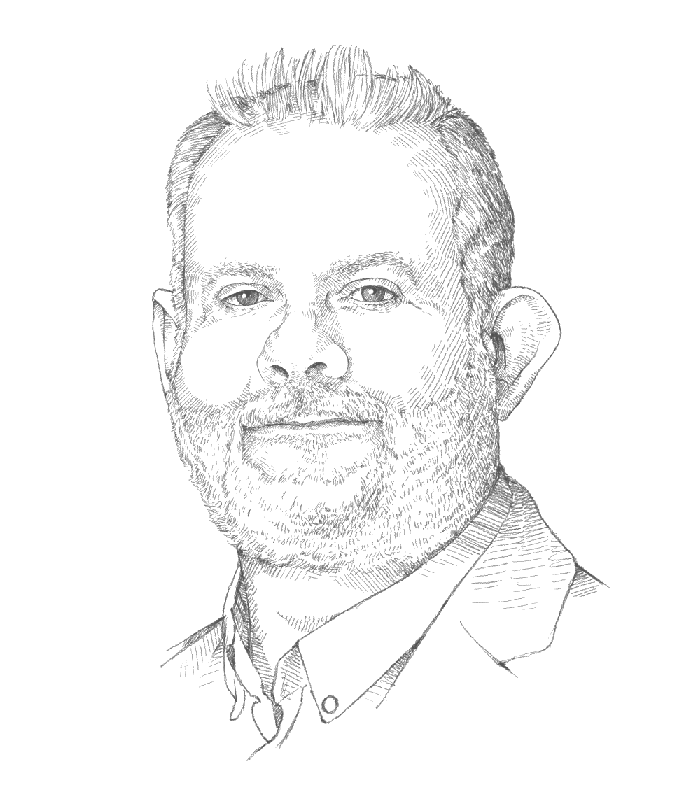Trunki – the end of the road
The Supreme Court has, today (9 March 2016), handed down its decision in the case of PMS International Group Plc (Respondent) v Magmatic Limited (Appellant). This case relates to Magmatic’s ever popular ride-on suitcase for children, the Trunki.
Magmatic owns European Union Registered Design (CRD) No. 43427-0001 (‘the design’).
In February 2013, Magmatic issued proceedings seeking damages and an injunction against the respondent, PMS International Group plc, alleging that PMS was importing into, and selling in, the United Kingdom and Germany a “Kiddee Case” which infringed the CRD.
Here, an image from the design is shown alongside a Trunki product and the alleged infringement:

At first instance, Arnold J found the design to be valid and infringed.
PMS appealed to the Court of Appeal solely on the issue of whether the Kiddee Case infringed the CRD. The first instance finding of infringement was overturned by Kitchen LJ.
Magamatic appealed to the Supreme Court.
The arguments of substance before the Supreme Court were limited to whether the Court of Appeal’s criticisms of Arnold J’s approach at first instance, as set out in paras 41-42 and 47-48 of Kitchin LJ’s Appeal judgment, were correct.
Paras 41, 42 and 47 of the Appeal judgement read as follows:
“41. … Further and importantly, the suitcase looks like a horned animal with a nose and a tail, and it does so both because of its shape and because its flanks and front are not adorned with any other imagery which counteracts or interferes with the impression the shape creates. As Mr Vanhegan submits, the CRD is, in that sense, relatively uncluttered and it conveys a distinct visual message. Here then the first of the judge’s errors can be seen: he failed to appreciate that this is a design for a suitcase which, considered as a whole, looks like a horned animal.”
“42. … That is not the end of the analysis, however, because each of the representations shows a distinct contrast in colour between the wheels and the strap, on the one hand, and the rest of the suitcase, on the other. I have given anxious consideration to whether this is simply an artefact of the computer generation process or a visual cue to indicate that the wheels and the strap are each separate components. However, I do not find either of these alternative explanations convincing. The clasps are also separately functioning components and they are not shown in a contrasting colour and it seems to me that the wheels could perfectly well have been shown and depicted as separate components in the same colour as the rest of the body. Moreover, depicted as they are and standing as they do at the four corners of the animal, the wheels are, to my eye, a rather striking aspect of the design as a whole.”
“47. First and most importantly, it seems to me the judge failed to carry out a global comparison having regard to the nature of the CRD and the fact that it is clearly intended to create the impression of a horned animal. This is plainly one of its essential features. Necessarily, therefore, a global assessment of the CRD and the accused designs requires a consideration of the visual impression they each create and in so far as that impression is affected by the features appearing on their front and sides, it seems to me those other features must be taken into account. Thus taking the insect version of the Kiddee Case, I believe that the impression its shape creates is clearly influenced by the two tone colouring of the body and the spots on its flanks. As a result it looks like a ladybird and the handles on its forehead look like antennae. Overall the shape conveys a completely different impression from that of the CRD. It was, in my judgment, wrong for the judge to eliminate the decoration on the accused design from his consideration entirely because it significantly affects how the shape itself strikes the eye, and the overall impression it gives. At least in the case of this particular registered design, the global comparison necessarily requires account to be taken of the context in which the accused shape appears. …”
The Supreme Court has upheld the decision of the Court of Appeal and has refused to make any reference to the European Court – the CJEU. As such this is the end of the road for Magmatic in this case.
The “Kiddee Case” does not infringe the design.
The full judgement is available here.
Guidance
The key point of note is that great care should be taken in the preparation of registered design applications.
For many designs the best protection will be afforded by line drawings, which should protect the shape of a design irrespective of whether a product to the design (or an infringing product) has any ornamentation or tonal differences.
The Dolleymores team has significant experience with design matters and is available to assist with any queries, including guidance as to how to achieve the optimum protection for any design.
For more information, please contact:







